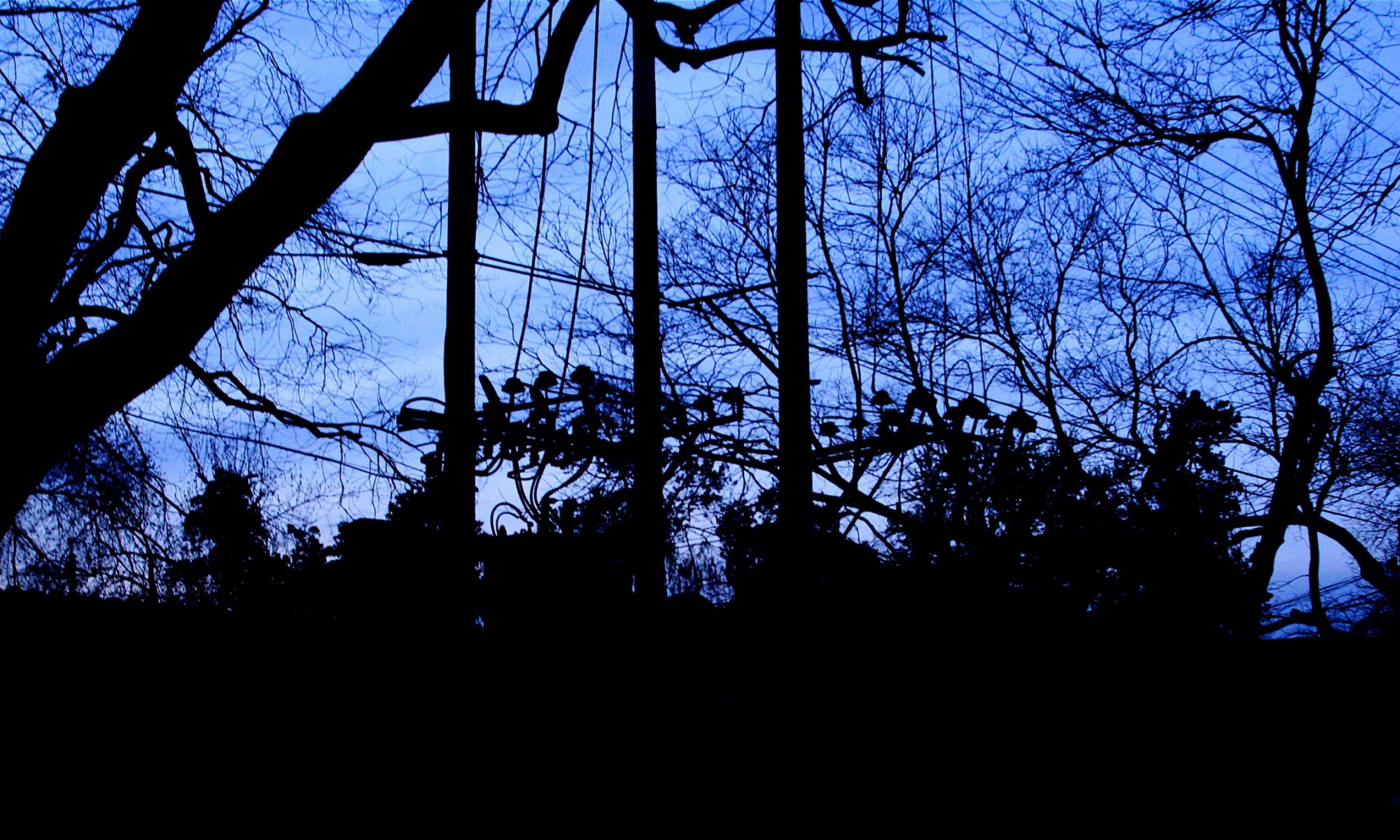In Green v Emergency Services Telecommunications Authority [2014] VSCA 207, the Victorian Court of Appeal today overturned a jury’s verdict following a nine-day trial. There had been a miscarriage of justice occasioned by the manner in which the plaintiff was cross-examined by the defendant’s trial counsel. He had made an allegation of recent invention involving a conspiracy between her and her solicitors to concoct a story.
A worker sued her employer for negligence. She took calls to the police for the Emergency Services Telecommunications Authority. Her case was that her injuries were occasioned by the frenetic work she put in on Black Saturday. The defendant’s counsel insinuated in his cross-examination of her that she had concocted the link between her injuries and the fires only after she had retained her third and final set of solicitors, and that her solicitors were complicit in the concoction. Counsel did not do so directly; the Court quoted Pope and commented that he wished to wound but was afraid to strike. But the Court found that, by a side wind, the allegation had been made, by implication.
The solicitor’s response to the insinuation at the time was to provide a copy of the file note of his first conference with the plaintiff, in which reference was made to Black Saturday, to the defendant’s counsel. He also advised defendant’s counsel that the second solicitor retained by the plaintiff had taken a history in which Black Saturday was mentioned as well. He demanded that the insinuation be withdrawn. The defendant’s solicitor declined. All this came out in evidence in the appeal. And it was very very wrong, their Honours said. So wrong that despite the ‘baffling’ inaction on the part of the plaintiff’s counsel in response (not tendering the file notes, not seeking to call the third solicitor to give evidence, not objecting to the cross-examination, and not applying for the discharge of the jury), though this was a significant problem for the plaintiff as appellant, there was still a miscarriage of justice such that the verdict should be overturned. The well had been poisoned irremediably, they reasoned.
It was submitted on the appeal that the plaintiff’s counsel’s inaction might have been explicable on the basis of a forensic decision not to take the risk of opening up all of the plaintiff’s privileged communications with her solicitors. If so, it would be an example of what I describe as implied waiver hysteria which I encounter very frequently. Mind you, the devilish complexity of the absolutely fundamental legal principle of client legal privilege makes me sympathise greatly with anyone whose command of the latest High Court cases on the question is not quite up to making, on the fly, a bold forensic decision predicated on disclosure not amounting to waiver. The judges of the Court of Appeal said:
’70 In oral argument on the appeal it was suggested for the appellant that a reason for not adopting the strategy of calling the solicitor might have been that counsel for the respondent may then have had carte blanche to cross-examine on privileged material, privilege having been waived by production of the file notes. We regard that suggestion as somewhat chimerical, however, since the judge had ample powers to circumscribe the scope of any cross-examination necessitated by the reckless allegations of respondent’s trial counsel, so as to protect the appellant from any further unfairness and so as to ensure that the respondent did not profit from the unjustifiable conduct of its counsel’
It is interesting that the entire decision proceeds without any recourse to s. 18(d) of the Civil Procedure Act 2010 or the amazingly elaborate suite of rules about having appropriate factual foundations to be found in the barristers’ conduct rules or, to a lesser extent, the solicitors’ conduct rules. I wrote about all this not so long ago in the March/April 2014 issue of the organ of the Australian Lawyers’ Alliance, Precedent: ‘The Consequences of Serious Allegations Without an Adequate Foundation’. Let me know if you would like a copy.

